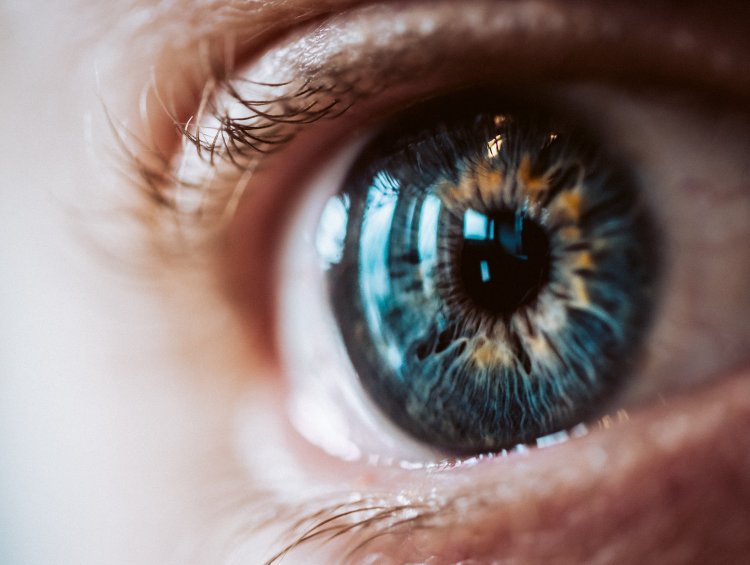Mechanisms and Causes:
Vitamin A Deficiency:
Vitamin A plays a pivotal role in maintaining the health of the retina, particularly the photoreceptor cells responsible for low-light vision. A deficiency in vitamin A compromises the regeneration of rhodopsin, a light-sensitive pigment crucial for night vision, thereby leading to impaired adaptation to dim light conditions.
Inherited Disorders:
Certain genetic mutations disrupt the normal functioning of retinal cells or the visual processing pathways, resulting in congenital night blindness. Conditions such as retinitis pigmentosa, a group of inherited retinal disorders, progressively deteriorate night vision and peripheral vision over time.
Eye Diseases:
Disorders affecting the retina, optic nerve, or lens can hinder light transmission and reception, thereby contributing to night blindness. Examples include retinal degenerative diseases, glaucoma, and cataracts, which compromise visual acuity and light perception.
Medications and Systemic Conditions:
Some medications, such as those used to treat psychiatric disorders or retinoid-based drugs, can induce night blindness as a side effect. Additionally, systemic conditions like diabetes mellitus and certain autoimmune diseases may indirectly impact ocular health and exacerbate visual impairments.
Symptoms and Impact:
The hallmark symptom of night blindness is the inability to perceive objects clearly in dim lighting conditions. Affected individuals may experience:
- Difficulty driving at night due to reduced visibility and impaired depth perception.
- Challenges navigating unfamiliar or poorly illuminated environments, increasing the risk of accidents and falls.
- Strain and discomfort when transitioning between brightly lit and dimly lit spaces.
- Visual disturbances such as halos, glare, or starbursts around light sources, further complicating nighttime vision.
The cumulative effect of these symptoms often leads to decreased independence, restricted mobility, and diminished quality of life for individuals with night blindness.
Diagnosis and Evaluation:
Diagnosing night blindness involves a comprehensive eye examination, including visual acuity tests, assessment of the retina and optic nerve health, and evaluation of the patient's medical history and medication use. Specialized tests such as electroretinography (ERG) and visual field testing may be employed to characterize the extent and nature of visual dysfunction.
Treatment Strategies:
Management of night blindness focuses on addressing the underlying cause and alleviating symptoms:
Vitamin A Supplementation:
For cases of vitamin A deficiency, dietary supplementation with vitamin A or its precursor, beta-carotene, may help restore retinal function and improve night vision. Careful monitoring of vitamin A levels is essential to prevent toxicity.
Surgical Intervention:
In instances where night blindness stems from treatable ocular conditions such as cataracts or retinal detachment, surgical procedures may be recommended to restore visual function and alleviate symptoms.
Visual Aids and Assistive Devices:
Devices such as night vision goggles, magnifying lenses, and adaptive lighting systems can enhance visual perception and facilitate safe navigation in low-light environments.
Lifestyle Modifications:
Adopting lifestyle habits that promote ocular health, such as consuming a balanced diet rich in antioxidants and wearing UV-protective eyewear, can help preserve vision and mitigate the progression of underlying eye diseases.
Preventive Measures:
Preventing night blindness entails maintaining overall ocular health and addressing modifiable risk factors:
- Engaging in regular eye examinations to detect and manage underlying eye diseases promptly.
- Ad






















